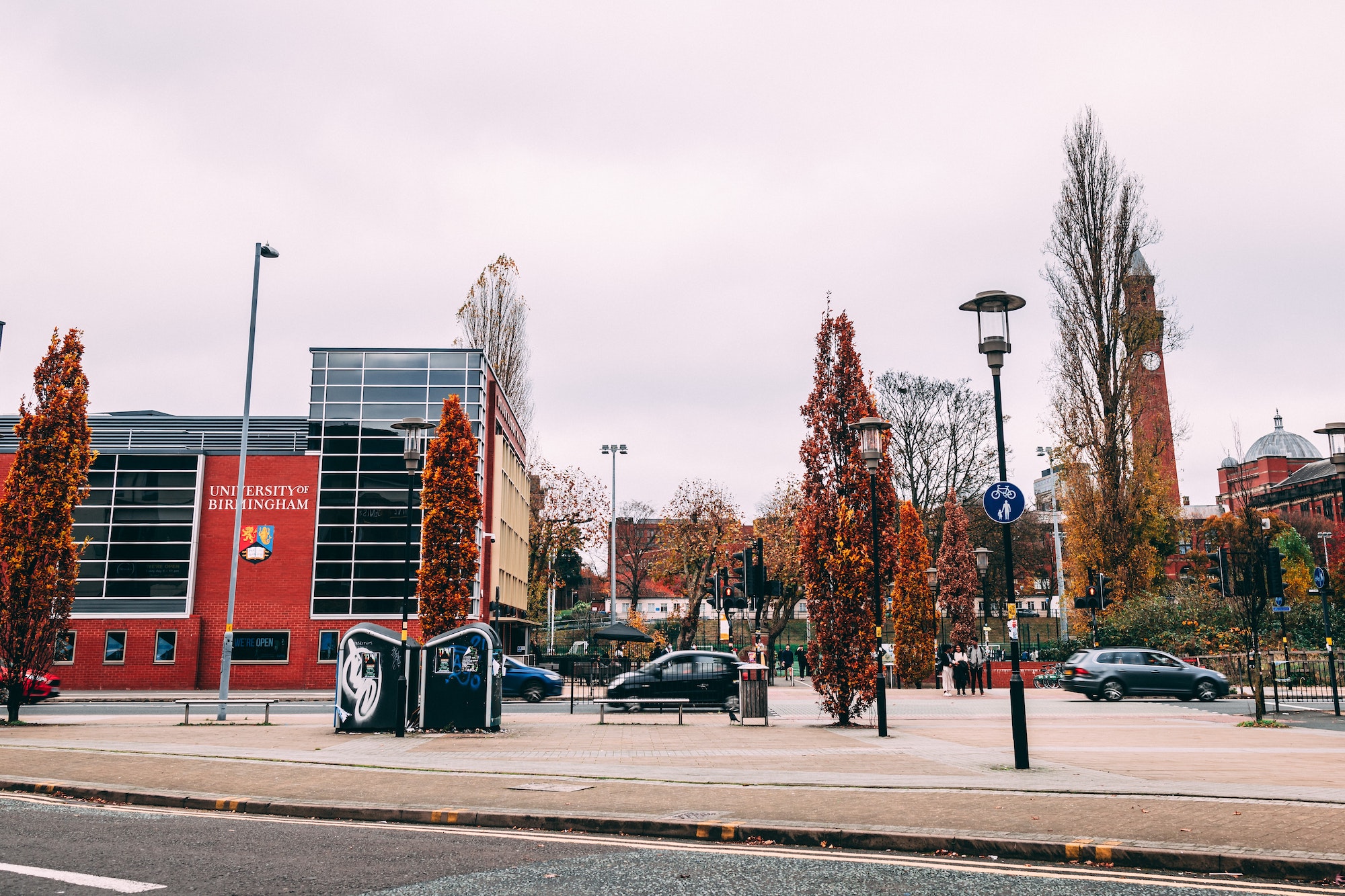
In light of their recent TikTok campaign, Life&Style writer Amie Kealy looks at the comeback of the brand GAP, and explores why its popularity has fluctuated over the years
Content warning- This article references a homophobic slur
I’m sure we can all remember a time when wearing GAP was a colossal fashion faux pas. Like all clothing brands, the likeability, or ‘street cred,’ ebbs and flows over time, meaning it frequently falls in and out of fashion depending on trends. Anyone born from the end of the 90s onwards no doubt recalls the common association with GAP- as an acronym for ‘gay and proud.’ Though by no means true or ethically sound, this was one of the reasons why GAP became a laughable brand. To be seen wearing a GAP hoodie was to be seen as a social joke.
To be seen wearing a GAP hoodie was to be seen as a social joke
However, upon research into the brand itself, I discovered that the meaning behind the brand name is actually pretty unique. Founded in 1969 by Donald Fisher, he came up with the name ‘The GAP,’ as a commentary, of sorts, on the clear age gap in fashion that was so prevalent at the time. He sought to make a clothing line that could be worn by anyone- both younger and older generations. It was through this idea of clothing for all, that ‘The GAP’ sort to bridge the gap between generations. Could this be the reason why, after almost twenty years out of fashion, that GAP is finally starting to be considered ‘hip’ again?
Along with various other trends that find themselves rising to fame overnight, the GAP brand has reimagined itself on social media. Joining the modern hype of TikTok, GAP has relaunched itself with the hashtag #SHARETHEGAPDREAM. Through this, the brand urges TikTok users to video themselves dancing and post their video with a one-word summary of a wish they want the universe to hear. Not only has this created a community of sorts within the TikTok world, but GAP also pledged that for every video uploaded, a $10 donation would be made to Boys & Girls Clubs of America. Boys and Girls Clubs of America are a charity who work to provide kids clubs around America with the intention of not only creating fun in a safe environment, but also providing essential skills children will need in the future. In donating $10 per video, GAP also mirror this idea of fun paired with innovative learning.
Joining the modern hype of TikTok, GAP has relaunched itself with the hashtag #SHARETHEGAPDREAM
So, not only has this inspired multiple videos, and the chance for people to feel part of a collective experience, but it has contributed to a good cause. GAP not only redefined what their brand meant but they have also bridged a gap (excuse the pun) between social media and charity.
Although I can’t say that I myself have partaken in this social media craze, it has made me think more thoughtfully on the power of social media. GAP is by no means the only brand that have thought to use social media to rebrand themselves. Many fast-fashion brands, like Bohoo and Pretty Little Thing, have long been using Instagram as a medium to show off their latest trends. Although, in my opinion, using influencers to disguise how they sell clothing that is likely too cheap to provide workers with fair pay is, at least, clever. So GAP has not only redefined the image of their brand- as once again being hip and appealing to young people, but also through helping the community and in a sustainable way. This, I think, is a trend that all fashion brands should aspire to.
Liked this article? Check out more on fashion from Life&Style:
To All the Boys I’ve Loved Before: Top Five Looks
Holy Cow! Let’s Talk About Leather
Comments